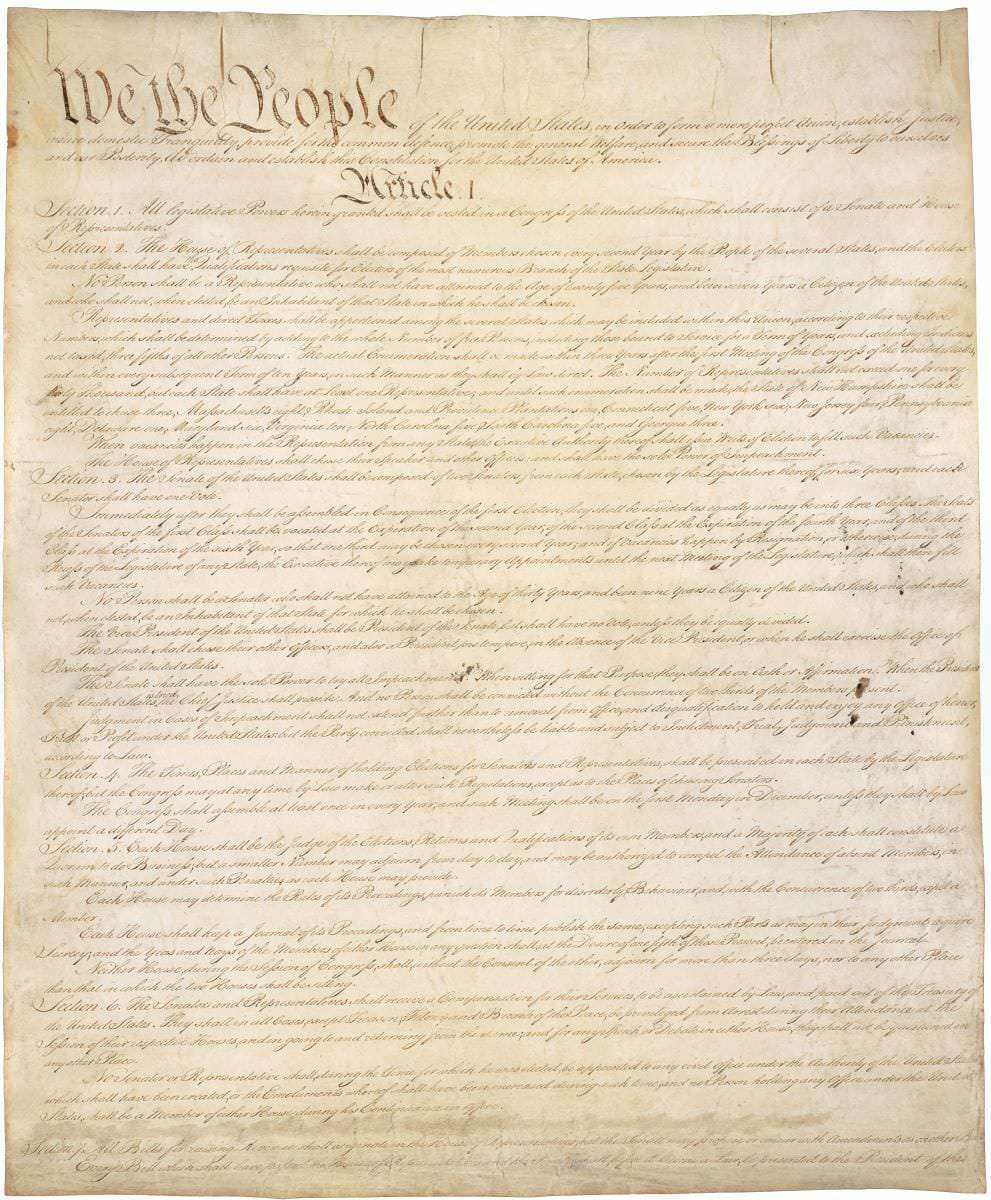Amendments 11-27

In total, there are 27 amendments to the Constitution since it was first written. An amendment is ratified when three-fourths of the state legislatures approve it. This article will be a short overview of the next 17 amendments.
The 11th amendment defined the jurisdiction of the Supreme Court regarding a lawsuit brought against a state by a citizen of another state.
The 12th amendment redefined how the President and Vice President of the United States are chosen.
The 13th amendment abolished slavery.
The 14th amendment reinforced the rights of the citizens. It also abolished the three-fifths rule because that no longer applied, and ensured that Congress would not pay the debts of rebellious states.
The 15th amendment ensured that race cannot be used as a criterion for voting.
The 16th amendment authorized the government to collect income tax.
The 17th amendment let citizens choose senators instead of the state legislature.
The 18th amendment forbade the production and consumption of alcoholic beverages.
The 19th amendment allowed women to vote.
The 20th amendment made new start dates for the terms of the presidency and congress.
The 21st amendment repealed the 18th amendment.
The 22nd amendment made it so that a president could only be elected for two four-year terms.
The 23rd amendment gave the District of Columbia three electors in the presidential election.
The 24th amendment ensured that not tax could be charged to vote for any federal office.
The 25th amendment clarifies the succession to the Presidency.
The 26th amendment lets anyone over the age of 18 to vote.
The 27th amendment requires that the pay of legislators may only be increased after an election.




